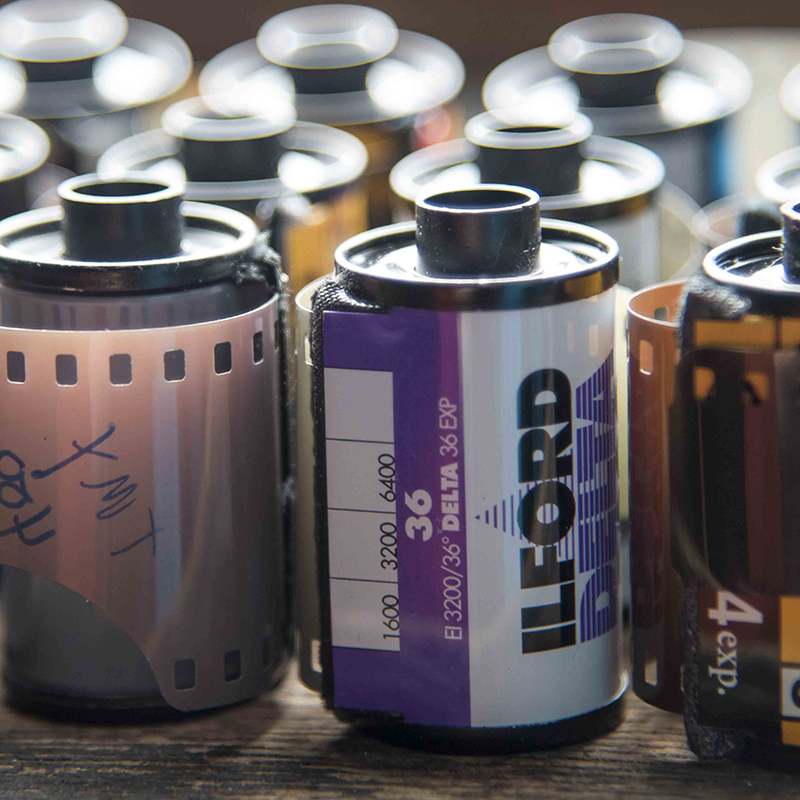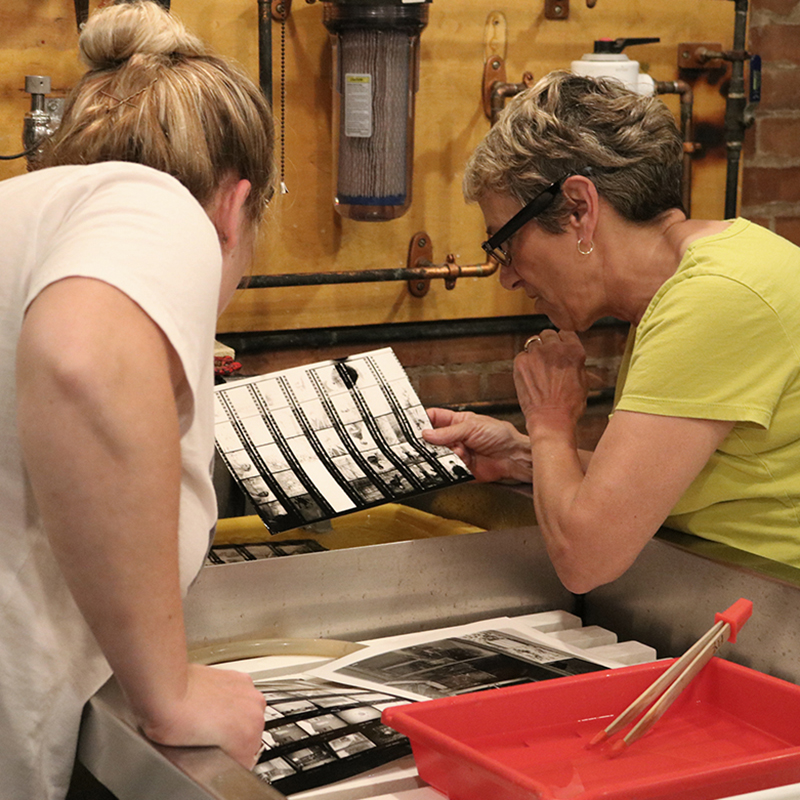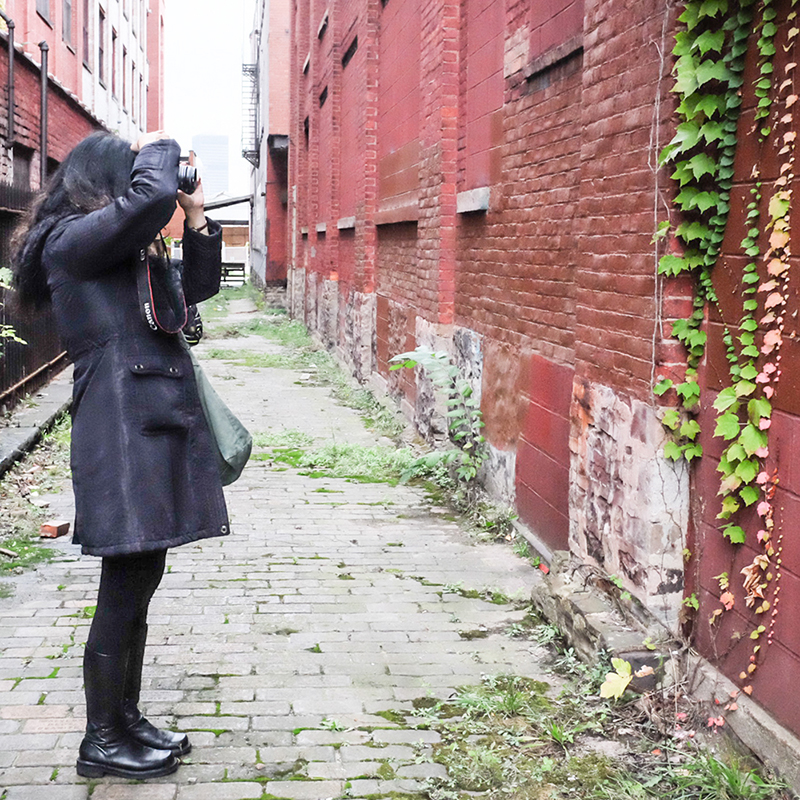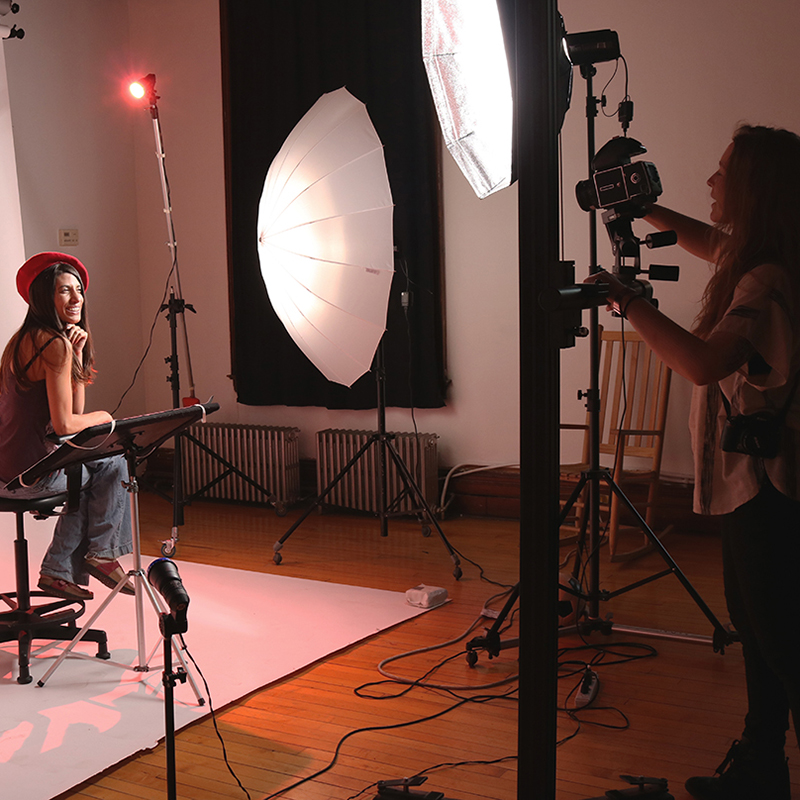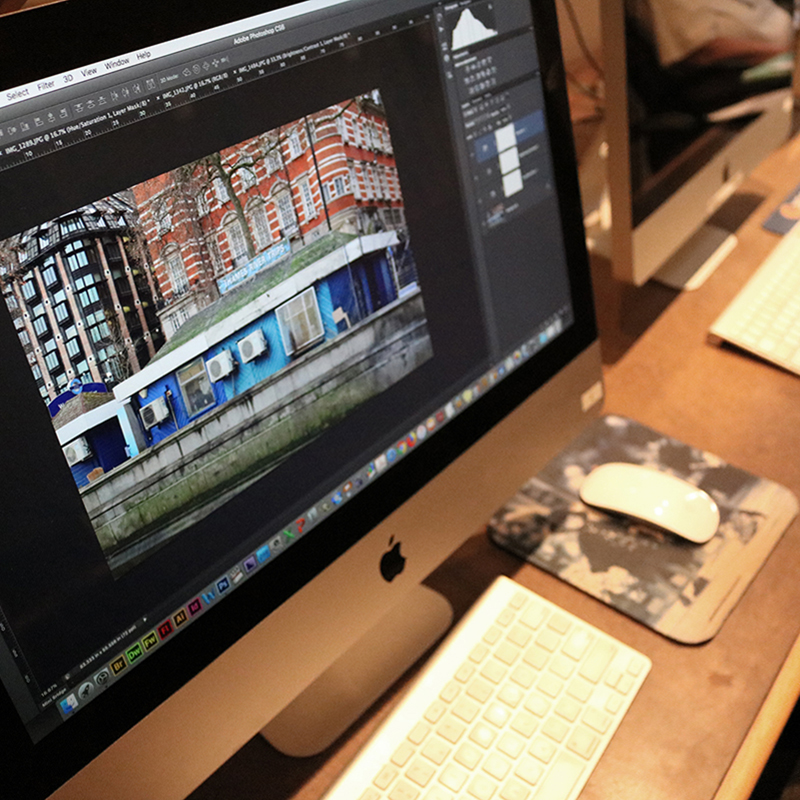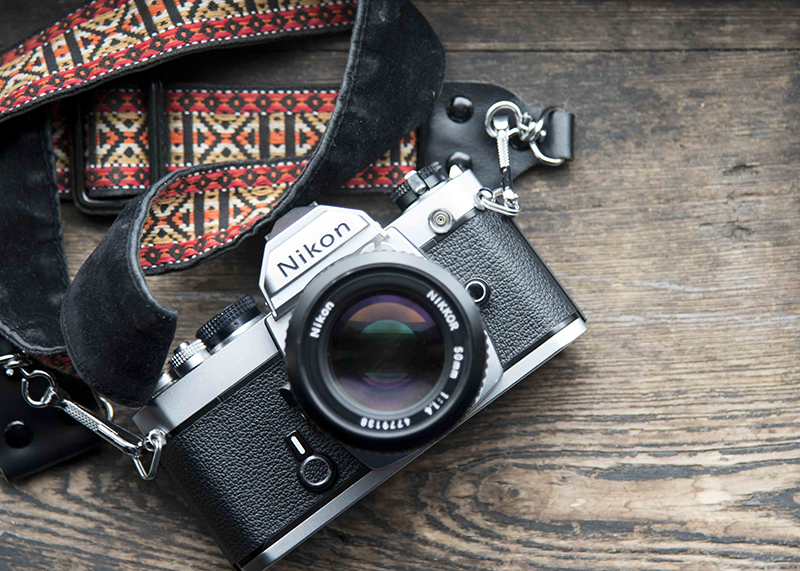Greetings and Salutations!
Have you ever stepped into something that you didn’t quite feel ready for, only to find yourself thriving in unexpected ways?
That’s exactly how my Tarot Through the Seasons classes at the Center has been for me.
We started in January with the Death Archetype discussing functions of endings, transitions, and beginnings. Being steeped as a community in the dead of winter, attendants were ripe for a conversation regarding what was dying and shedding in their own lives. During the discussion, I emphasized the importance of building a relationship with death and endings as well as the time of grief and uncertainty that follows. We are a culture deprived of a healthy relationship to death and grief. People are always apologizing for tears or a show of emotion not realizing that both are essential and healthy components of psycho-spiritual healing and integration.

The High Priestess Archetype followed closely after Death and here was gathered a very powerful group of women. When asked why they were drawn to the class, each attendant responded in their own way by expressing awareness and a desire for something more than their current spiritual model. They were aware of a latent interest or power within which was connected to an external power that they wanted to get closer to. Lucky for them the High Priestess, who holds domain over the realms of intuition, mystery, dreams, and vision, is a good ally to build a relationship with when starting to reconnected to traditionally feminine and earth-based ways of knowing and being in the world. I spent all of 2018 in deep connection with her and she continues to inform the direction of my life in terms of Archetypal influence.

In February, the month of Love, we delved into The Lovers card. We discussed the importance of the sacred marriage within; the balancing of the masculine and feminine principles within each of us. It was important to me to create a non-traditional, community, and self-focused class. One which provided a sense of empowerment to love oneself rather than look for fulfillment in the other. Indeed, we need one another and as a culture, we are touch deprived and sexually disconnected. However, it is also necessary to learn how to give to ourselves, how to receive, and most importantly, what we want and need and how to communicate those things in competent ways in our relationships.

Each class begins with a tea meditation and a brief correlation between the mind and the body through the elements and the practice of tea sharing. We quickly move into lecture and discussion, concluding this initial portion of the class with a deep, custom made visualization exercise to calm the mind and stir up the subconscious before exploring our collage making. While each participant delves into their collage making to some sweet tunes, I pull one person aside at a time and do a mini (4 card) reading with them. These readings have been so juicy and rich-the place I feel I am growing the most and offering the best of myself. With the cards at our aid, participants have been opening up to deeper queries of purpose, direction, and growth while receiving valuable insight and structuring tools from me and the cards. It’s really very profound.
If you’re interested in experiencing the class for yourself, you’ll have one more chance on March 17th to join us for The Star. This is an archetype whose focus is renewal, regeneration, balance and new beginnings, just in time for Spring!
I’m also delighted to announce I’ll be teaching a similar set of classes in the Spring focused on the elements earth, air, fire, and water. We’ll go deep with the intelligence and alchemical properties of each element and create collages to honor them. Check out the new Spring Schedule for dates and times!

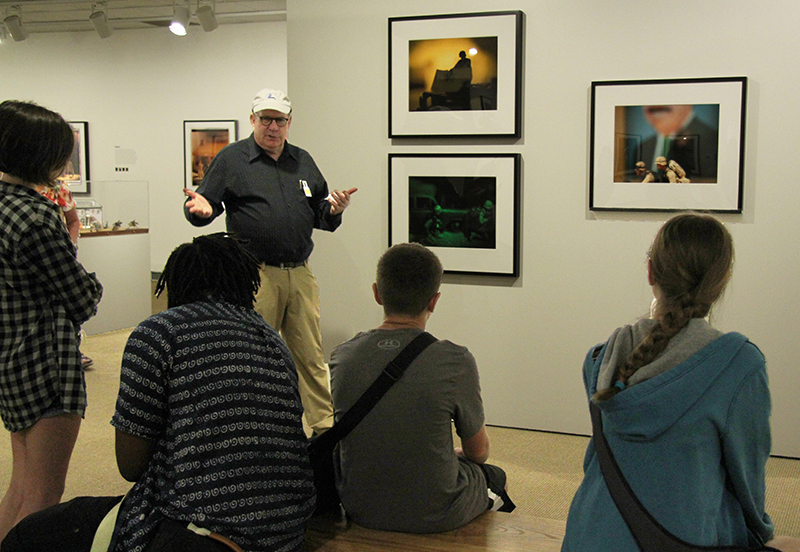

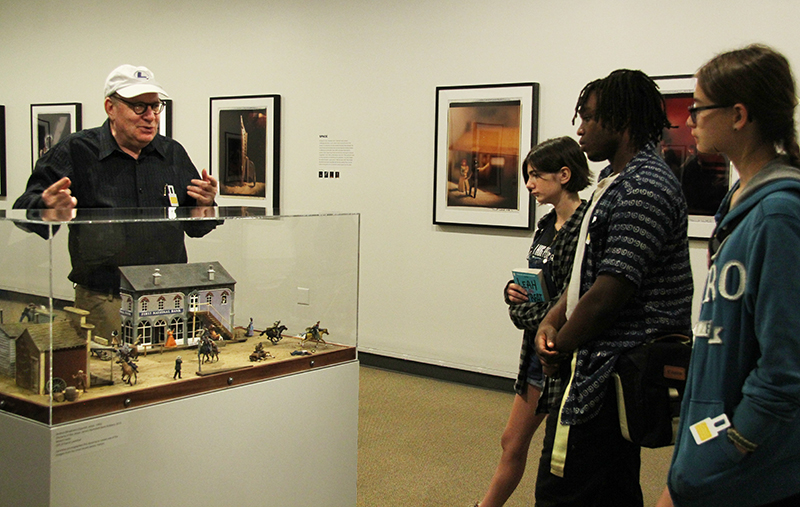
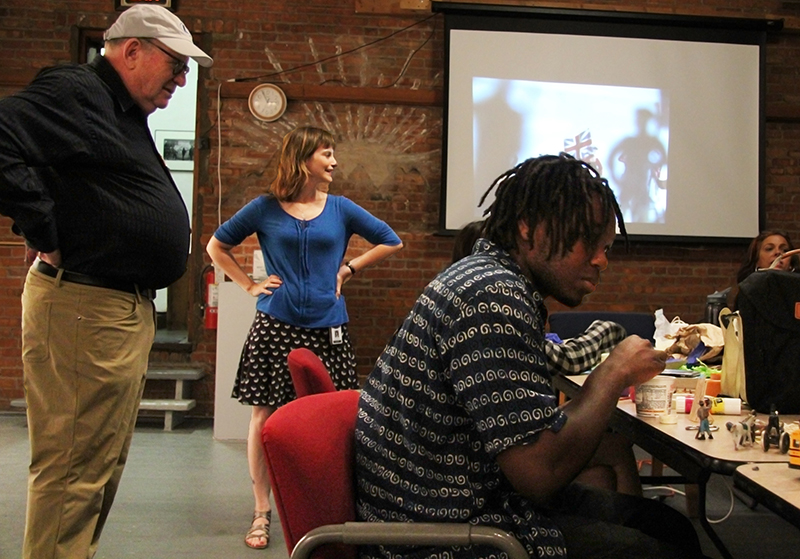
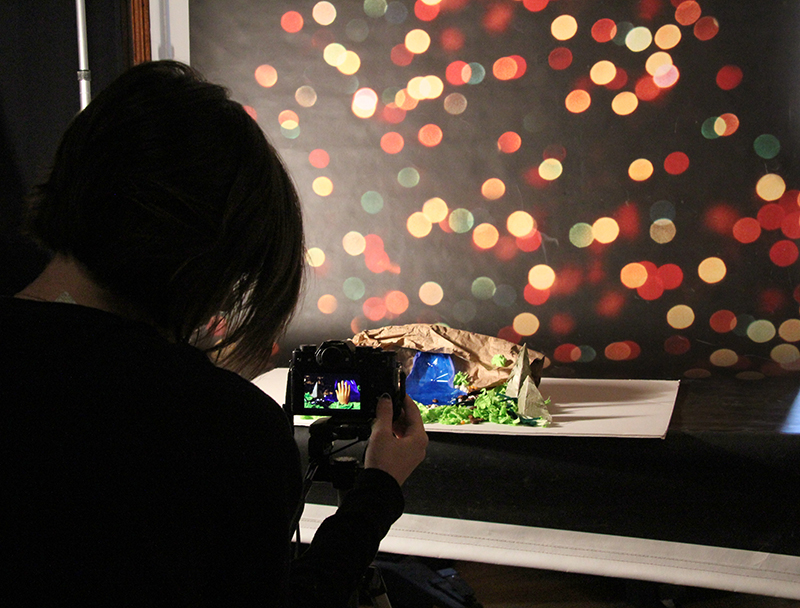
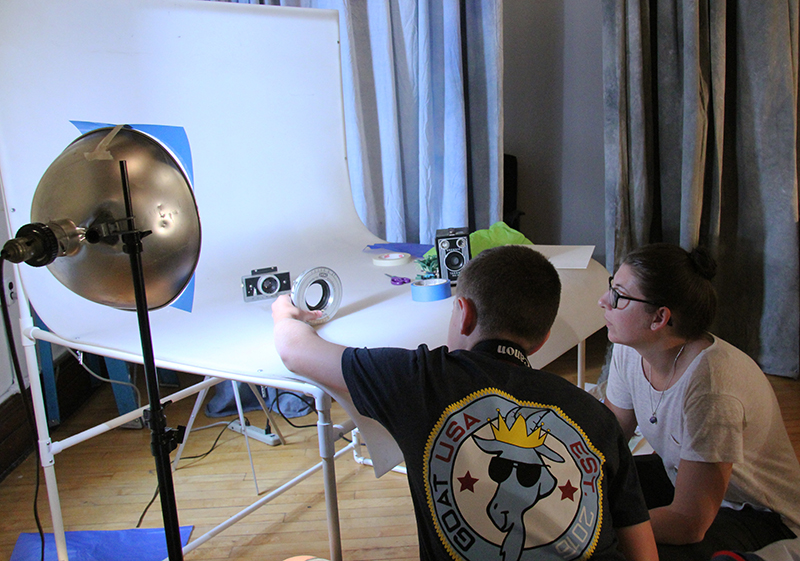
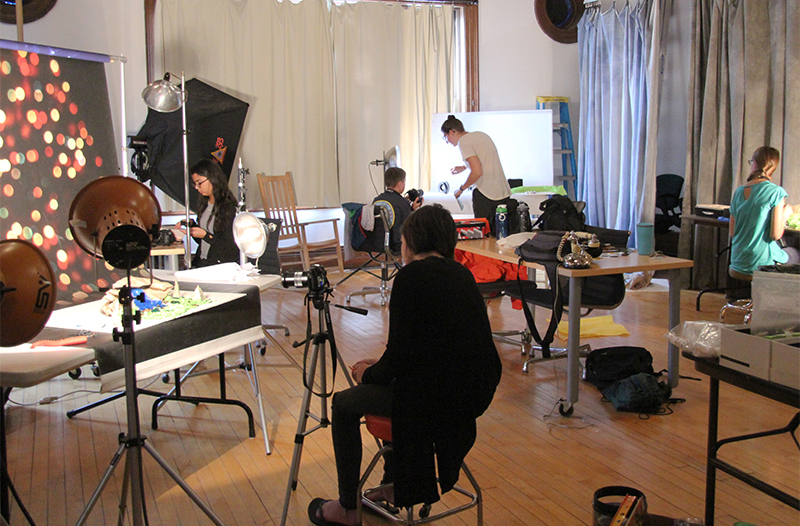
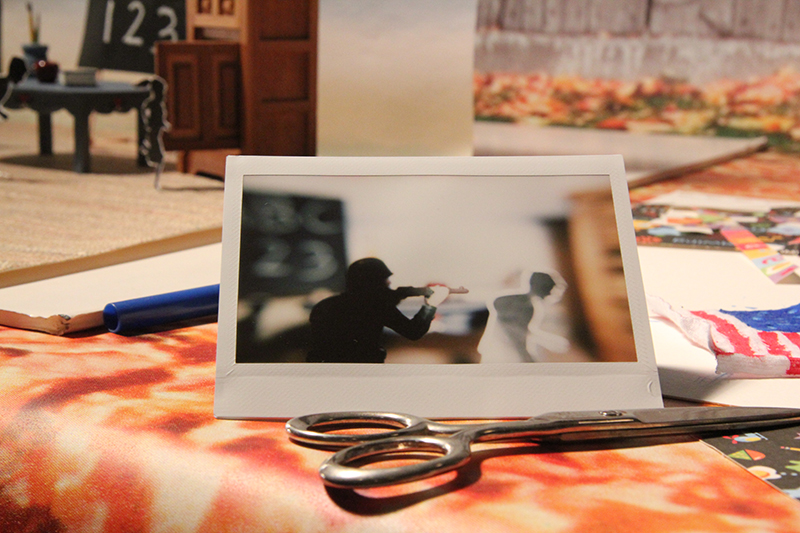



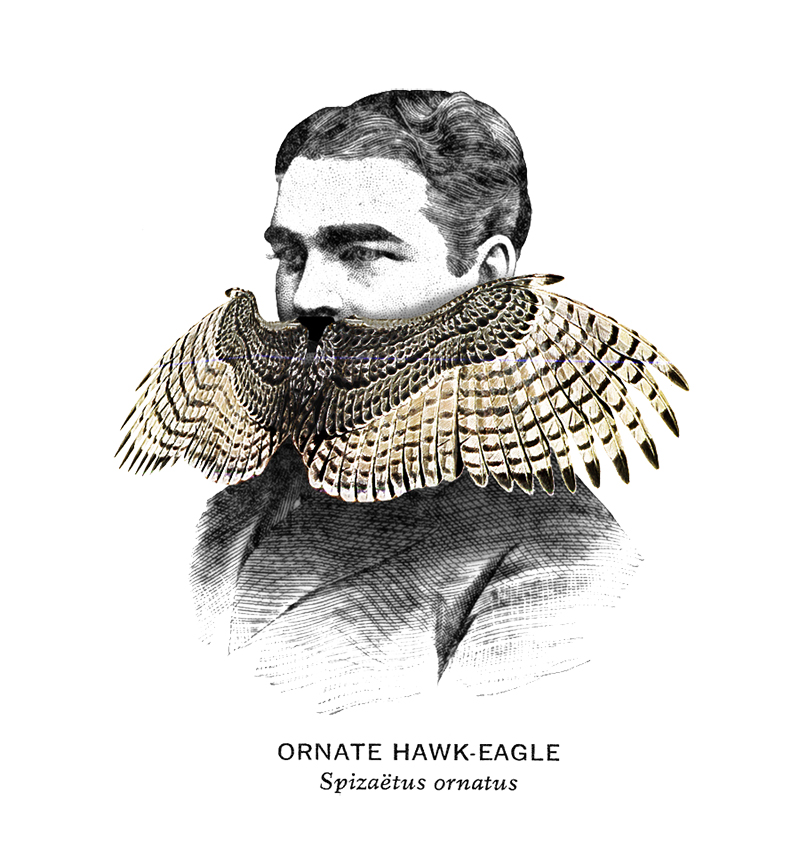
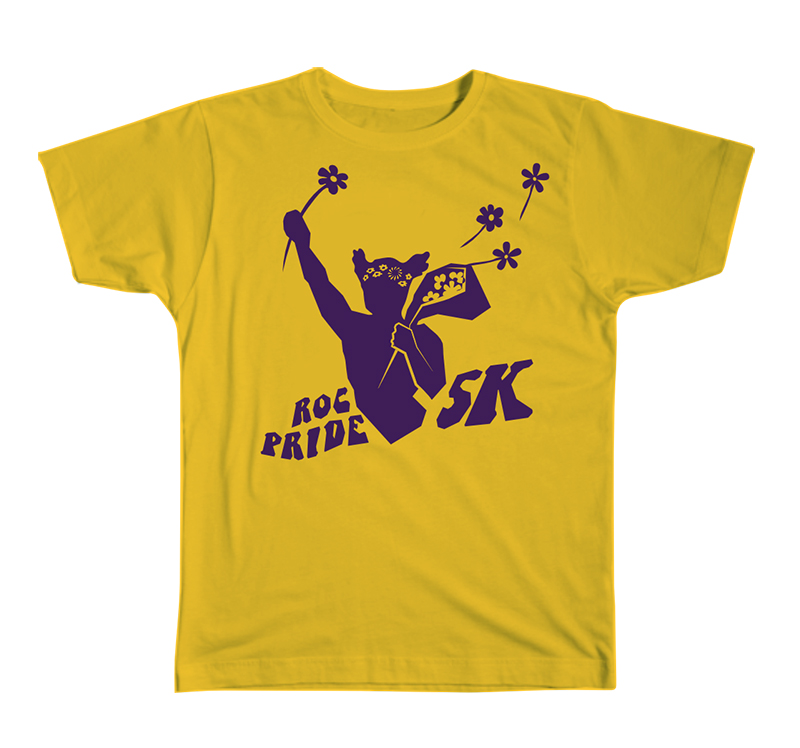
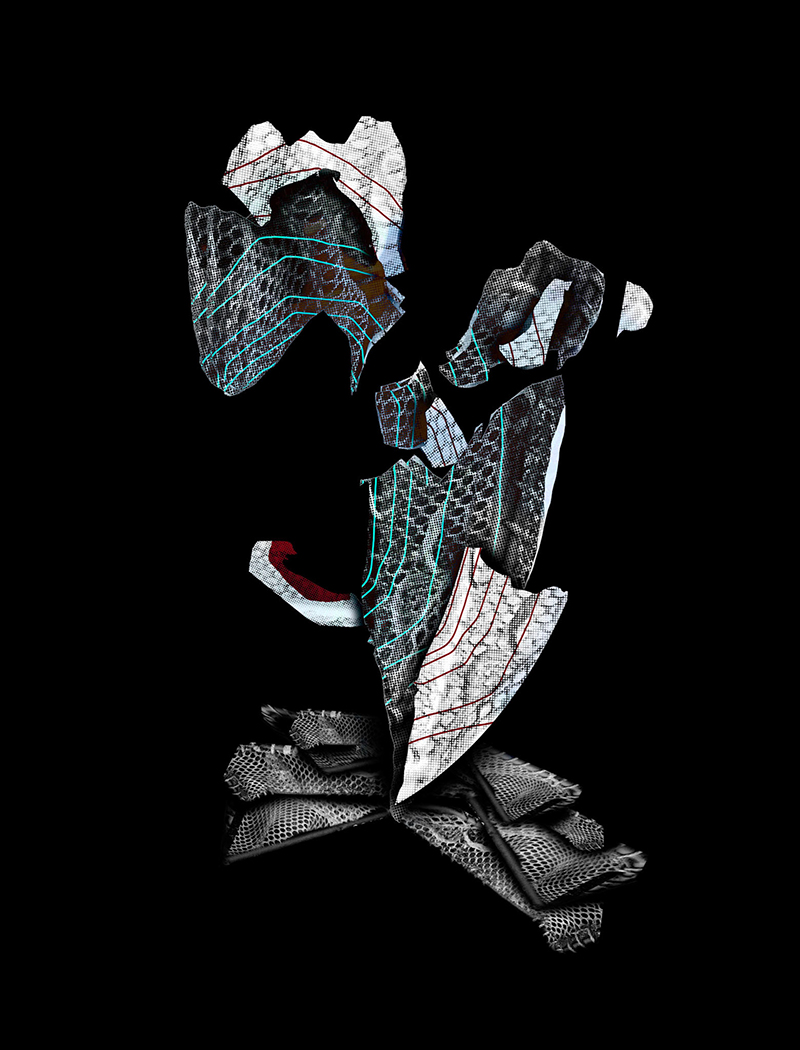
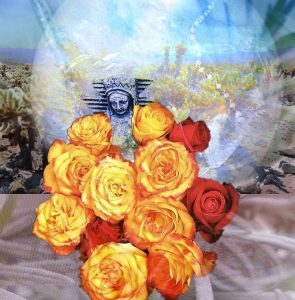
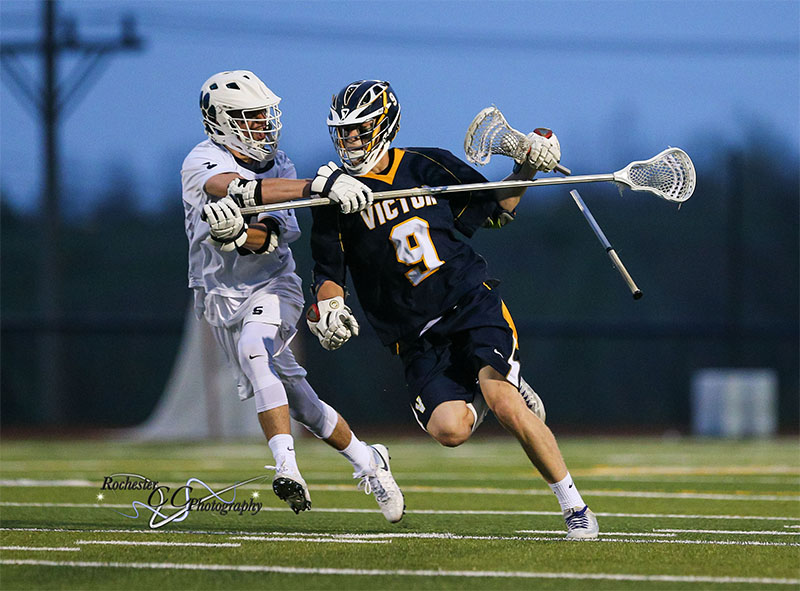



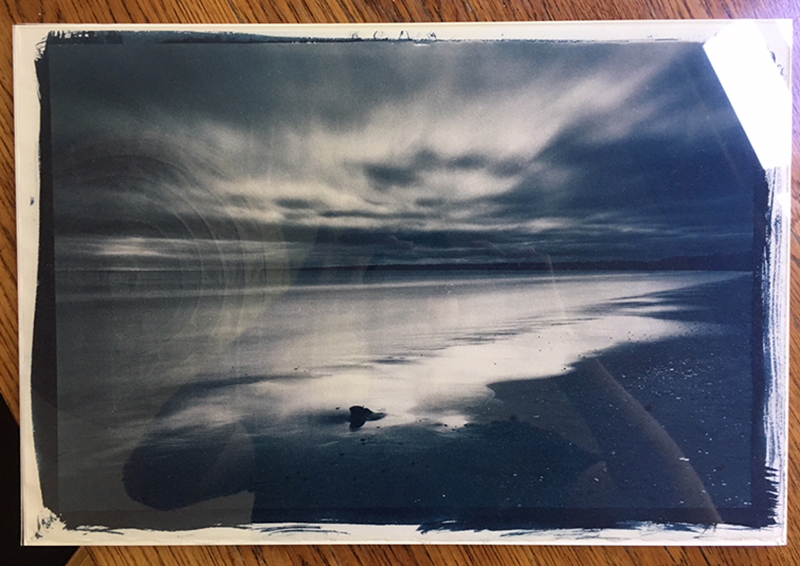 Tannic Cyanotype behind glass, 2016
Tannic Cyanotype behind glass, 2016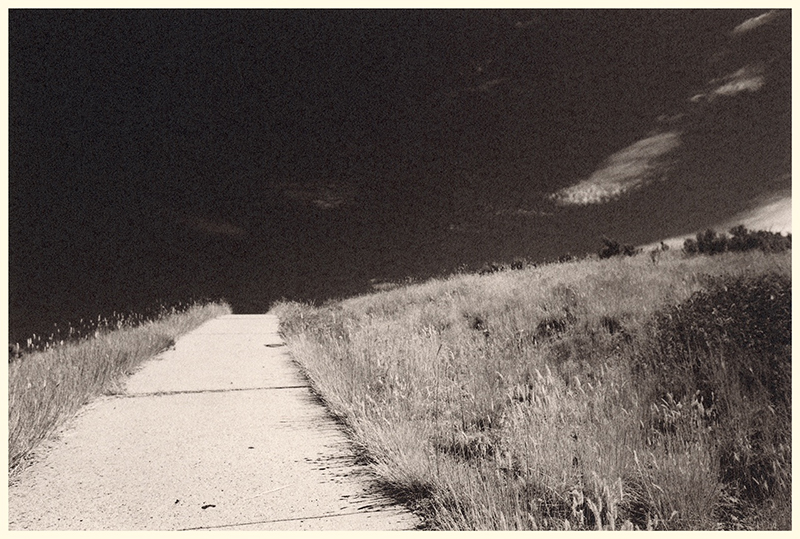 Utah, August 2017 (Silver Gelatin Print)
Utah, August 2017 (Silver Gelatin Print) Closeup detail of a Deep Tannic Cyanotype, 2017
Closeup detail of a Deep Tannic Cyanotype, 2017